14 Dinner Party Trends from the ’50s That Were the Height of Sophistication
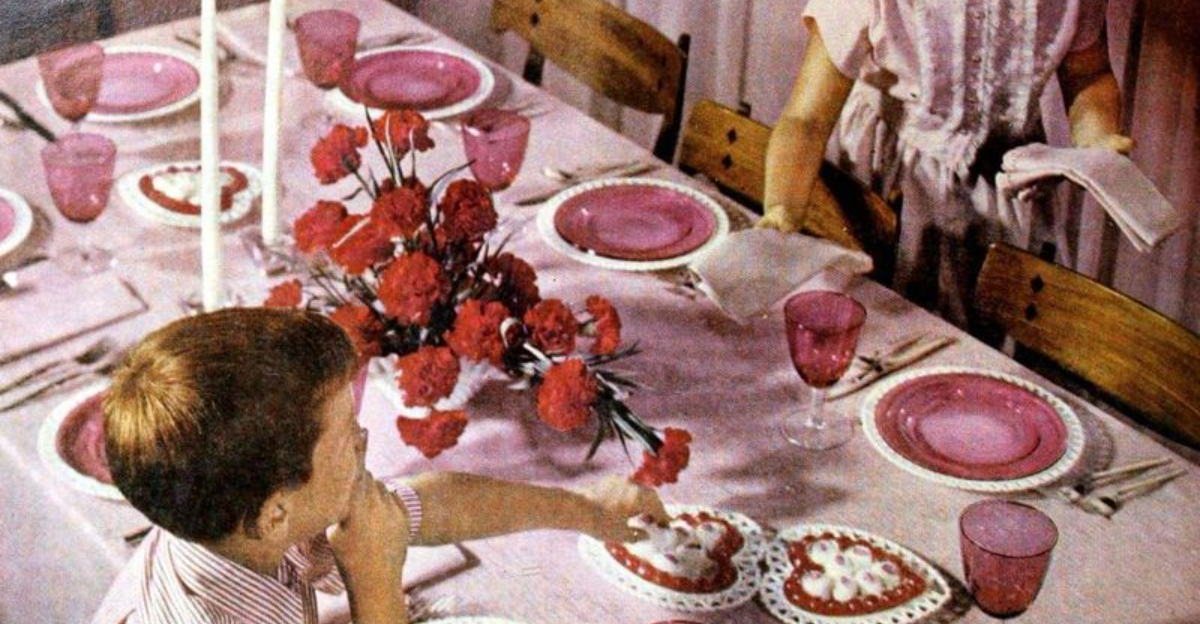
If you were lucky enough to attend a dinner party in the 1950s, you knew it was going to be an event. This wasn’t just a casual meal but a carefully orchestrated display of mid-century sophistication. From aspic-covered everything to cocktails served with just the right amount of flair, hosting a dinner party was an art form.
The menu was elaborate, the table settings were pristine, and the hostess? Flawlessly dressed, armed with an apron that never seemed to get dirty.
Let’s take a look back at some of the most glamorous (and occasionally baffling) trends that defined ’50s dinner parties!
1. Jell-O Molds That Deserved a Trophy

Jell-O molds were the star of every 1950s dinner table. Suspended within these shimmering creations might be shrimp, vegetables, or fruit, all artfully arranged. The more intricate the mold, the more admiration it garnered.
Molds shaped like rings, towers, or even fish were common, adding an element of surprise to every bite. These wobbly masterpieces demanded attention, turning every dish into a visual spectacle.
2. The Stiffest, Most Well-Mannered Cocktail Hour
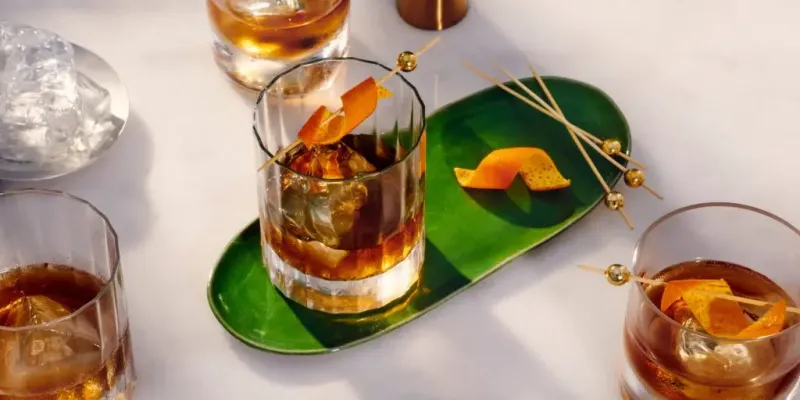
Cocktail hour was a refined prelude to the main event. Guests dressed to the nines would sip martinis, whiskey sours, or Tom Collins, maintaining an air of sophistication. Conversations were pleasant, yet carefully restrained, ensuring no one appeared too tipsy.
The art was in holding your drink with elegance while navigating the social dance, preparing for the culinary delights ahead.
3. The Formal Invitation Process
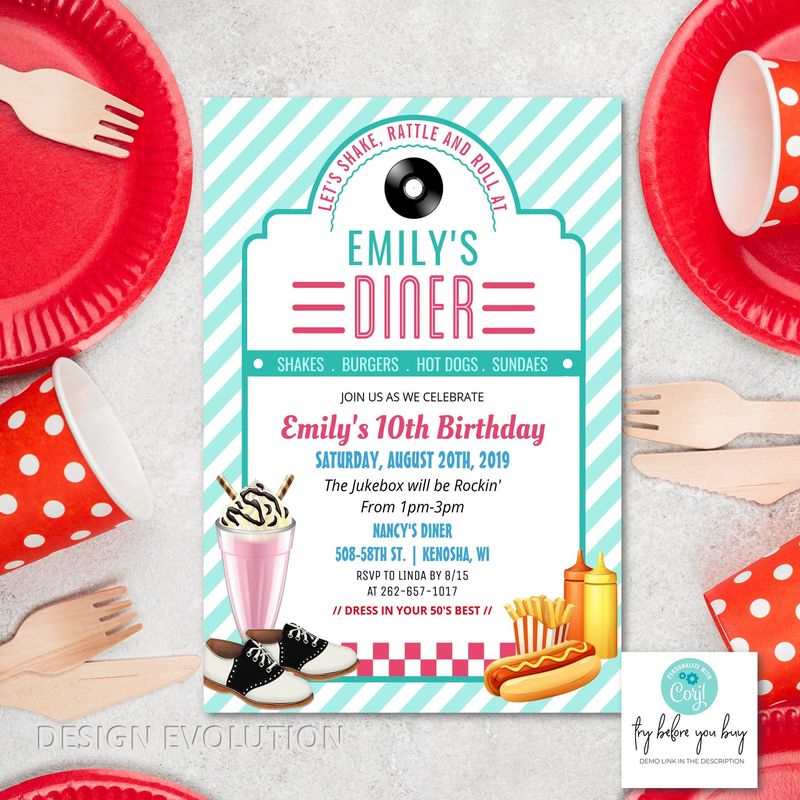
Dinner parties in the ’50s were never spontaneous; they required formal invitations. These were meticulously crafted, often featuring elegant script and decorative borders, and mailed days in advance. Guests were expected to RSVP promptly, adding a layer of formality to the proceedings.
Failure to do so could result in social faux pas, ensuring you’d be the talk of the next bridge club meeting.
4. Finger Bowls for Rinsing (Not Drinking!)
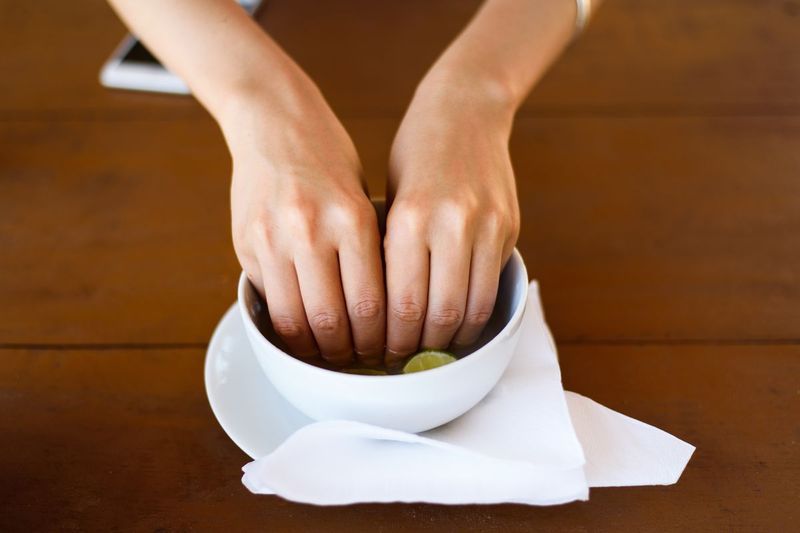
At every refined ’50s dinner party, finger bowls were a staple. Small and filled with water and floating lemon slices, they were placed after messy courses. Guests would dip their fingers to cleanse them delicately.
Of course, there was always one who mistook it for soup and sipped, leading to stifled chuckles. Yet, all in all, these bowls added a touch of grace and a hint of humor to the table setting.
5. Aspic-Drenched Delicacies
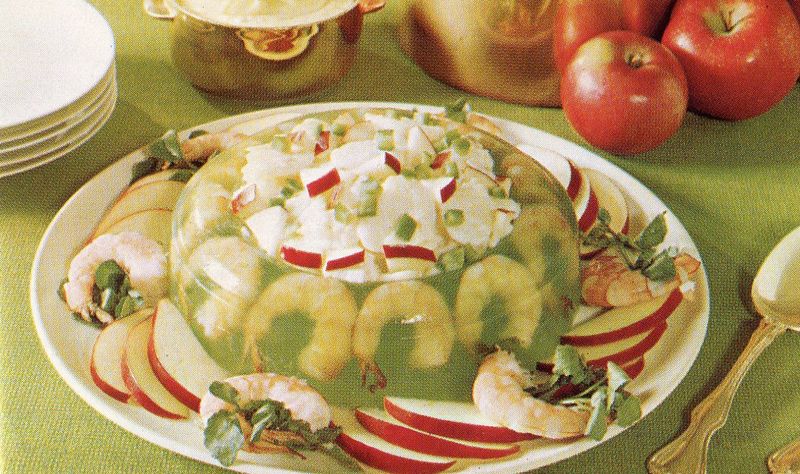
These gelatinous creations encased meats, seafood, or veggies, showcasing both culinary skill and imagination. Though their appeal is questionable now, back then, they were considered the epitome of fine dining.
Each dish was a testament to the host’s prowess, sparking curiosity and conversation around the dinner table.
6. The Relentless Use of Pineapple in Everything
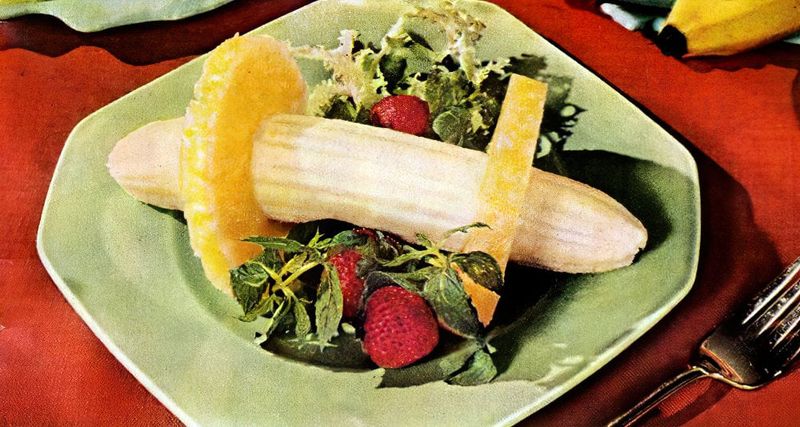
Pineapple was the ’50s go-to for adding a touch of exotic flair. Whether adorning a ham with glossy rings or forming the base of a sticky upside-down cake, pineapple was synonymous with sophistication.
Its tropical allure was unmatched, bringing a sweet, juicy contrast to savory dishes. Hosts used it lavishly, believing it elevated any meal to a higher status, a trend that spread like wildfire.
7. Perfectly Coordinated Place Settings
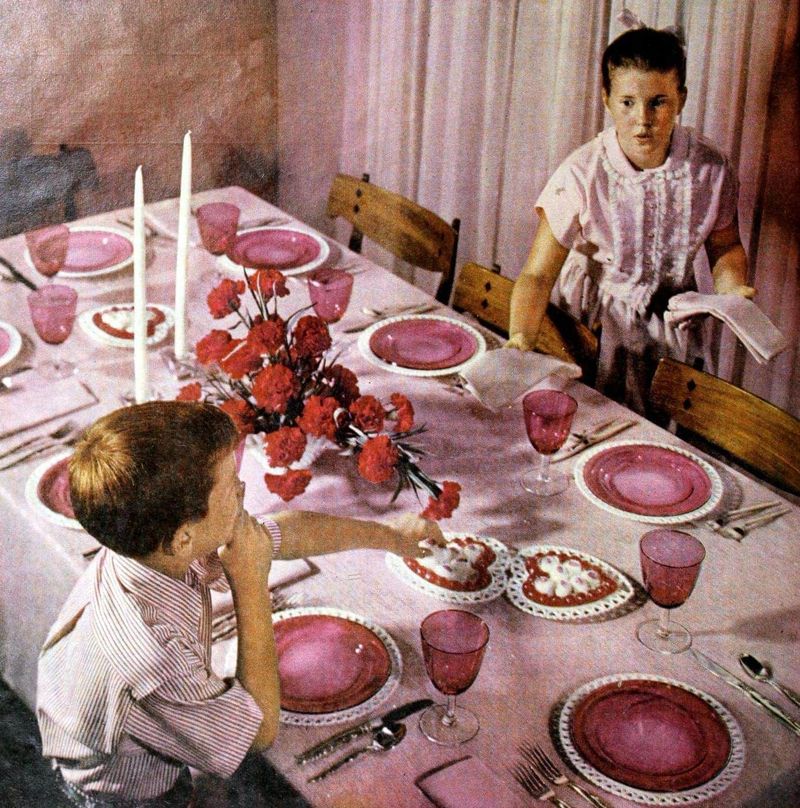
In the 1950s, dinner tables were a testament to precision and style. Perfectly coordinated place settings, complete with matching china and gleaming silverware, were non-negotiable. Each fork, knife, and spoon had its place, reflecting a meticulous attention to detail.
Hosts took pride in their ability to set a flawless table, inviting admiration and setting the stage for the culinary delights to follow.
8. Deviled Eggs with a Decorative Twist
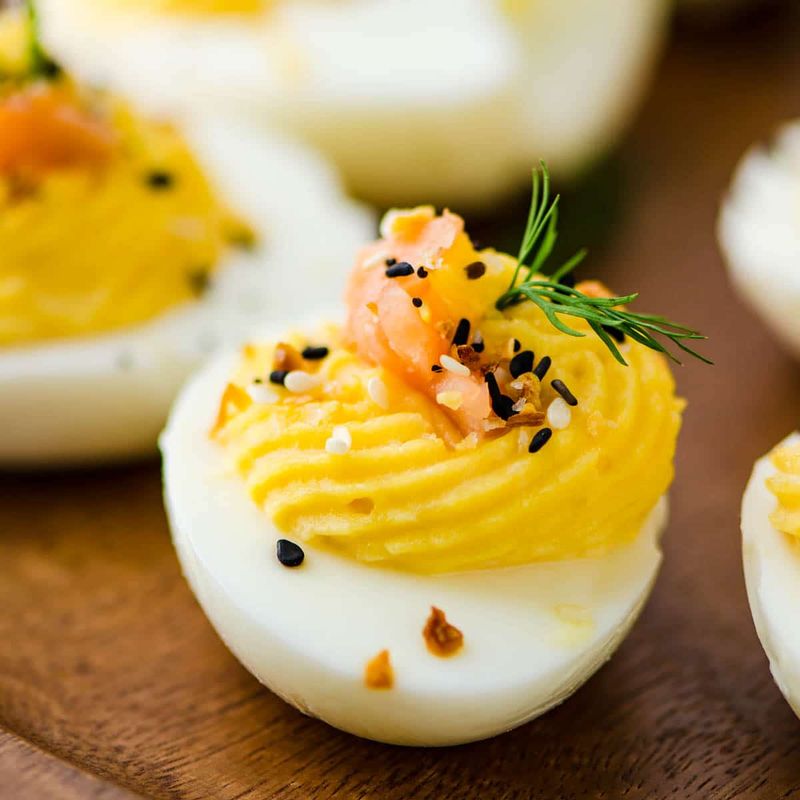
Deviled eggs were more than just an appetizer; they were tiny canvases for culinary creativity. Hosts delighted in presenting them with a decorative twist, using paprika swirls and olive slices to add flair.
These artful bites showcased the host’s culinary prowess, ensuring every guest was both impressed and well-fed. They were a dinner party staple, embodying the era’s love for elegance and innovation.
9. Cigarettes as a Social Accessory

Cigarettes were more than a habit in the ’50s; they were a social accessory. After dessert, a crystal cigarette box was passed around, inviting guests to partake. Even non-smokers might hold one, more for the aesthetic than the smoke.
It was a ritual that added an air of sophistication, embodying the era’s glamorous, albeit somewhat misguided, social norms.
10. The Overly Dramatic Coffee and Liqueur Ritual
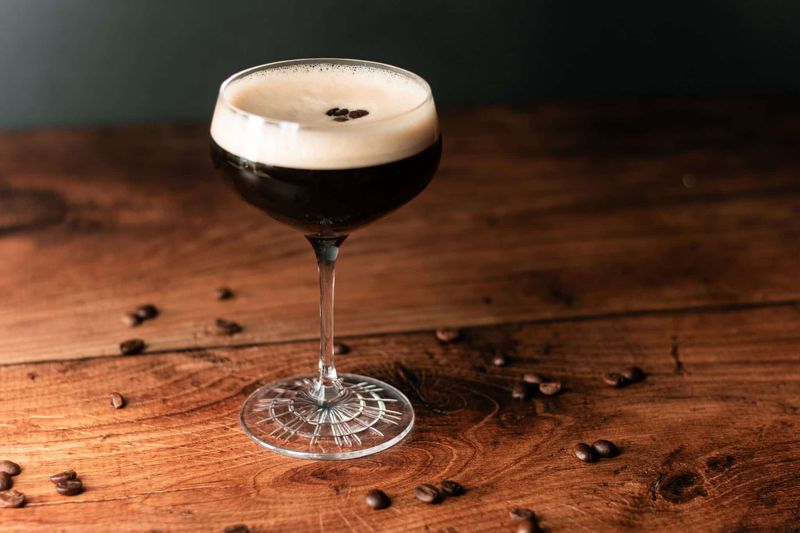
The end of a ’50s dinner party wasn’t signaled by dessert but by the coffee and liqueur ritual. Hosts would ceremoniously serve coffee alongside crème de menthe or brandy, indicating it was time to wind down.
This tradition added a refined touch, encouraging guests to savor the evening’s end. It was both a signal and a celebration of a night well spent, steeped in elegance.
11. Elaborate Centerpieces That Stole the Show
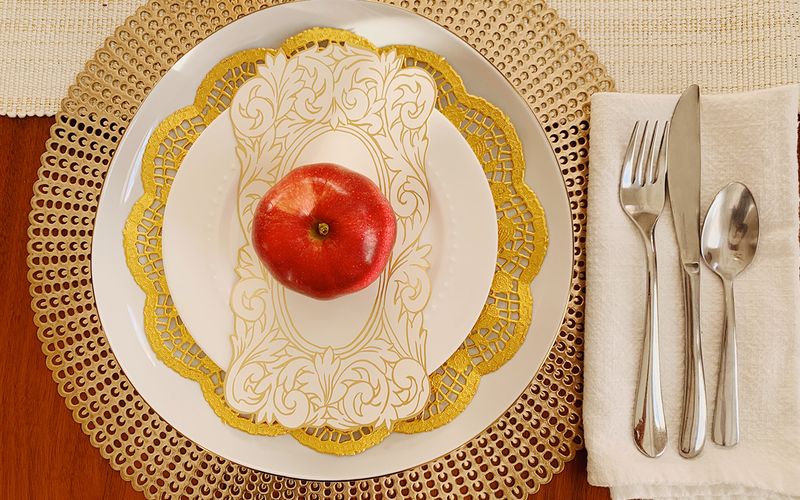
Centerpieces in the ’50s were more than decor—they were statements. Elaborate floral arrangements, ornate candle holders, or even edible displays adorned tables, commanding attention. The goal was to impress without obstructing conversation, striking a balance between grandeur and practicality.
These centerpieces were reflections of the host’s taste, elevating the dining experience to an art form.
12. The Art of the Toast
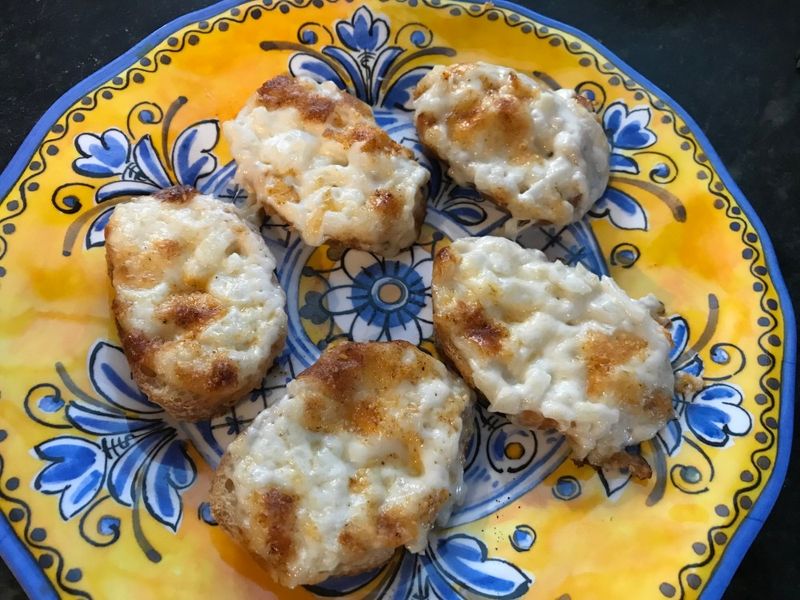
A well-crafted toast was the hallmark of a successful ’50s dinner party. Hosts would rise with glass in hand, delivering a mix of heartfelt thanks and clever quips. The ability to balance wit and sincerity in a toast was a prized skill, setting the tone for the evening.
It was a moment that brought everyone together, celebrating camaraderie and shared joy in the refined setting.
13. The “Mystery” Meat Dishes
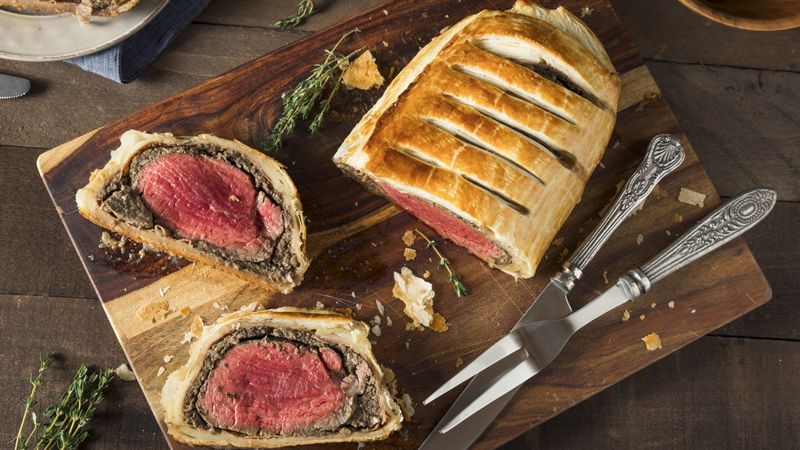
Mystery meat dishes were a quirky staple of ’50s dinner parties. These concoctions often hid their true ingredients, inviting curiosity and conversation. Meatloafs with surprise fillings, casseroles with unexpected twists—each dish was an adventure.
While diners speculated about the ingredients, these dishes showcased the era’s innovative culinary spirit, adding an element of playfulness to the dining experience.
14. The Post-Dinner Party Games
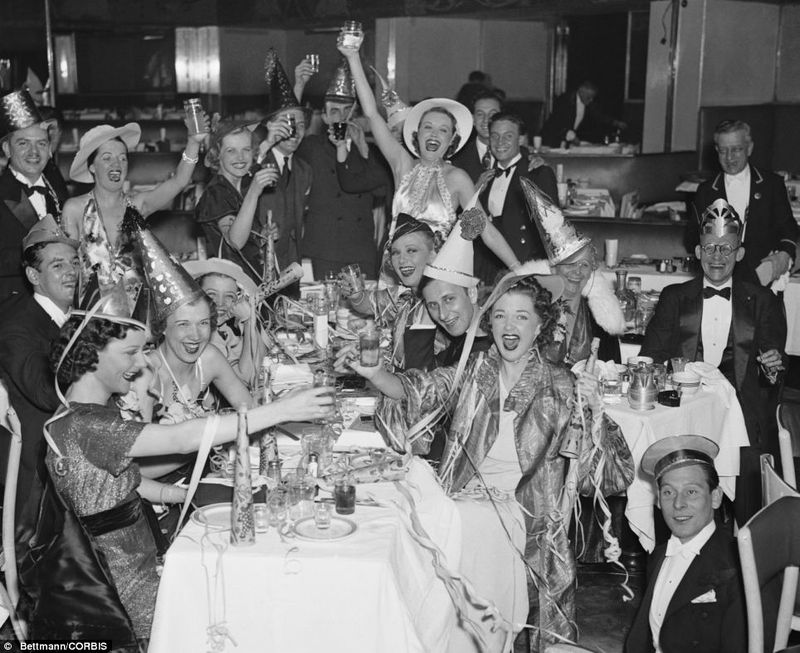
After dinner, the entertainment continued with lively games. Charades and bridge were popular choices, sparking laughter and friendly competition. These games were more than pastimes; they were integral to the evening’s success, fostering connections and ensuring everyone left with fond memories.
In an era before digital distractions, these activities were the perfect conclusion to a sophisticated gathering.
